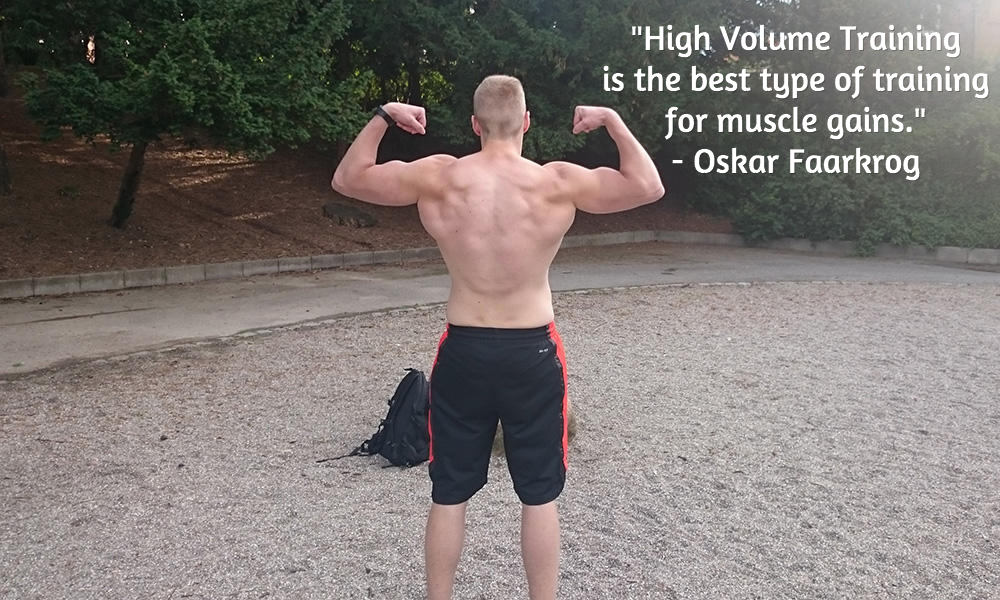
“My problem is that I do not know how to progress with low/moderate weight. Training heavy was attractive because I only had to focus on a few movements, one weight target per movement and the low volume made it easy to monitor.”
Question 1: With high volume training, how do you keep track of progressive overload without lugging around a spreadsheet worth of data?
To keep tracking simple, I have clients track just 2 exercises, and these exercises are usually done at the beginning of the workout.
The exercises vary from client to client.
For example, a client that wants more width might focus on getting better at wide grip pull ups (adding reps or weight) and shoulder presses.
After the main exercises are completed, they move on to do the remaining exercises.
The focus on the remaining exercises is to achieve 3 things:
- Get a good pump. This is done by doing the correct exercise combinations and correct amount of set and reps while keeping the rest time between sets below 60 seconds.
- Become better at using the target muscle on each exercise. When the client becomes better at activating the target muscle he actually is able to use less weight and get a better workout.
- Achieve muscular failure on each set. I define muscular failure as the point in your set where your target muscle is tired and you start using other muscles to “complete the reps”. For example, on biceps curls when you start swinging a lot and moving your elbows towards your chest, you have achieved muscular failure on the biceps and you start using other muscles to complete the set.
If you do these things over a long period of time, and you combine it with a proper muscle building diet, you will see great muscle gains.
Question 2: You’ve said that you train to achieve muscular failure, but how do you know that you are training instead of just working out?
As long as you achieve muscular failure (as explained above) on a regular basis, you keep progressing on 2 key exercises that target your weak muscle groups (add sets, reps, weight) and you eat a proper diet, you will gain muscle mass.
Is high volume training the best for strength? No. But, it is the best type of training for muscle gains.
Question 3: Do you train to muscular failure when you are in a calorie deficit?
Yes, but the trick is to know how much you can do in a caloric deficit.
When you’re in a deficit, you adjust the training.
The adjustment is individual and based on feel.
Also, the adjustment should be done on a weekly or even daily basis.
Some days you will be able to do the exact same workout as you did during your bulk.
Other days, you take it easy.
Furthermore, when you start this type of training, you want to start lean, and if you do it correctly along with a great diet you will also stay lean, so you won’t spend much time in a caloric deficit (max 2 weeks of cutting once in a while).
Below, you can see 2 videos showing parts of my high volume training sessions.
High Volume Training for Arms
[youtube id=”MfMvPxXH0K4″ align=”center” mode=”normal” autoplay=”no” maxwidth=”500″]
High Volume Training for Back
[youtube id=”ScysBOAfxP8″ align=”center” mode=”normal” autoplay=”no” maxwidth=”500″]
Be proud but stay hungry,
Oskar Faarkrog


 The Opportunity Cost Of Building A Great Physique
The Opportunity Cost Of Building A Great Physique
Thank you for the great article. I watched your back training video.
Dropsets were way too challenging for me taking each set to failure (I dropped around 10kg each set) with little rest (<60s)…Is there any other way to do the dropsets and progressing? How much weight you decrease on each drop set?
Hi Oskar I’m a 28 year old my pull ups now are 10 max
May I do a 6 days a week training the same body parts with lighter days and heavy days this program
Pull ups 4 sets
Chins ups 4 sets
Dips 4 sets
Push diamond 4 sets
Leg raises 4 sets
And on the lights days less reps and not 4 sets I will do a 2 sets of each excersize
What your opinion
Thanks I love your site !
Keep on !
Hi Oskar, I have a real big gultes(butt) and by g thoughts like you in your your 235 pic. I just want to know did you do anything specific to lose the fat there?. And also I wanted to know how do I know that I’m have lost enough weight to start phase 2. Thanks for all your help.
You can’t lose fat in one place, you need to lose overall weight. You should track your weight every morning and try to be lighter every week, be careful that you do it before drinking or eating so it’s accurate. You can stop when you see some abs. Good luck !
Hi Oskar, do u advise training to failure even on a tough exercise like pullups? Because whenever I train to failure on pullups, I find it hard to do well in other sets or even the next day. Not so with other exercises like dips etc. So is not training to failure better for pullups alone?
I only get that when I’m adding weight and take long breaks between exercises. At the moment I’m doing bodyweight, starting with 25 reps and getting to 6 reps by the 10th set with 1 minute breaks between. You get a fast workout and it doesn’t fry your cns (central nervous system), unless you’re just starting out and you can’t do more than 5-7 reps, then you’re using about 85-90 % of your max which can take a lot out of you. Another thing could be that you’re not used to the exercise, if that’s the case, give it 2-3 weeks.